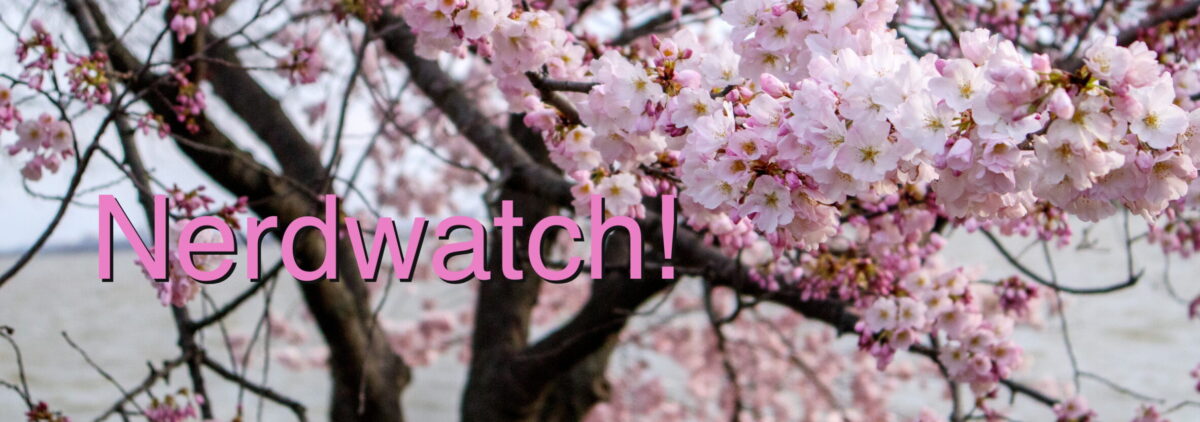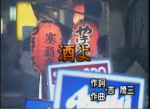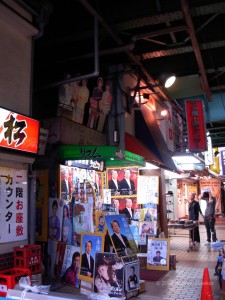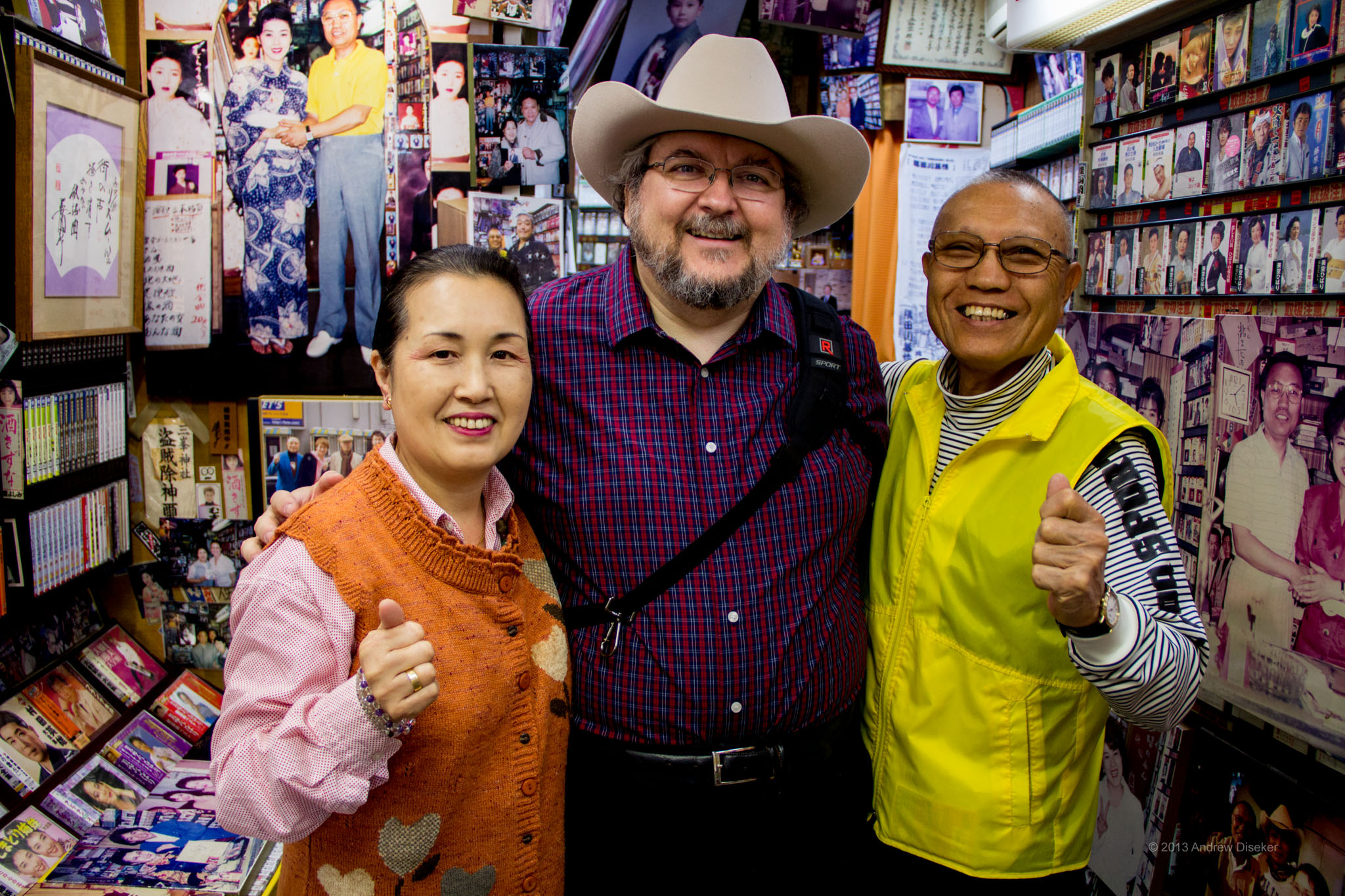So, the last post I talked about enka music, but didn’t bother to link to any examples. Well, this time I’m going to show you what I mean by “Japanese blues”.
This one is one of my all-time favorites, “Sake yo” by Ikuzo Yoshi. I even learned enough to sing it fairly well, and sang it in one of my Japanese classes. It was easier to learn once I could know that he was singing about the friends he had when he was young, and that are long gone, leaving him with his one friend, sake, and listening to enka.
This one is about a man living far from his home up north, remembering his girl, his father and mother, as the cold wind and snow reminds him of home. He drinks sake to help.
And lest you think that only men drown their sorrows in sake, this lady is singing about “lonely sake” (ã²ã¨ã‚Šé…’) in an izakaya bar.
And even not all enka are sad songs, my favorite singer (the one I knew when I went to the enka store the first time), Ishikawa Sayuri is known for singing both sad and upbeat enka songs, as you can hear here:
So, that’s just a tiny tiny sample of what enka is. It’s not to everyone’s taste, and in fact it’s considered “middle-aged peoples’ music” or even “old folks’ music” in Japan. Uh, oh, since I’m middle-aged…
=^o^=




